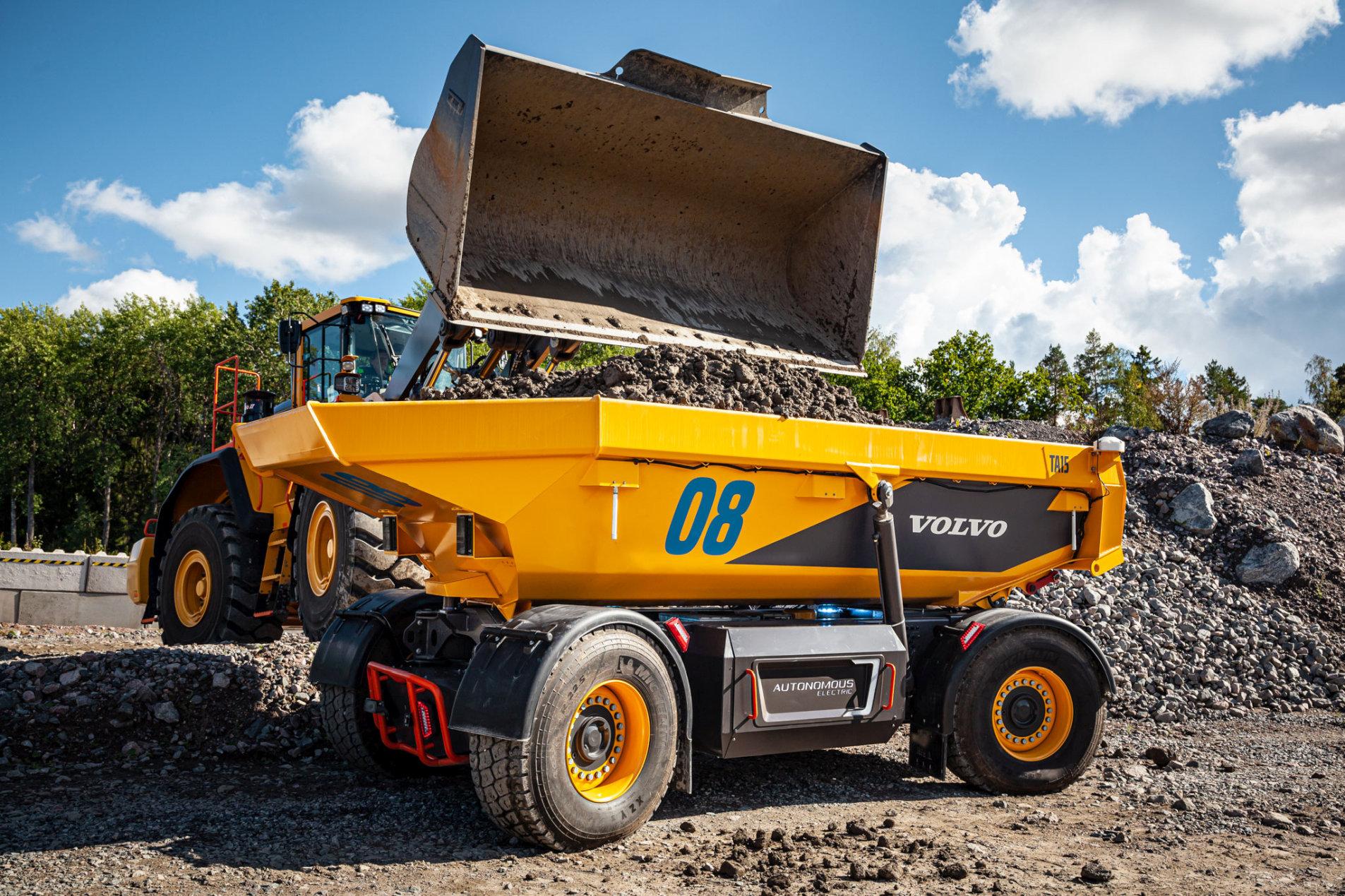
ASPECT – A System for Electric and Connected Transport Solutions | 2021-2024
- Post by: Tobias Larsson
- 7th December 2021
- 8 Comments
Project ASPECT aims to, based on learnings from pilot Electric-Site, lift the technology to an energy optimized solution to scale in both volume and size. Focus for this project is within confined area. The project includes design of energy infrastructure, electric system on machines and site management system. Furthermore it includes validation of digital infrastructure for system, method and requirements on infrastructure, digital twin for energy optimized system and to understand if it is possible to increase energy efficiency by using teleoperation.
Aspect aims to design a system of electrified machines in a confined area. Together with partners in the project we combine automotive and digital technologies to enable digitalized and energy optimized solutions for a site. Furthermore, the target is to create a testbed for a digital infrastructure for the system, a method to identify and evaluate requirements of the infrastructure for electrified machines and virtual models for energy optimization. The project results will be presented at a final demonstration in a digital environment.
The project is led by Volvo and structured in five horizontal and two vertical work packages. H1 Project management (Volvo) H2 Digital infrastructure for a site and system of machines (Telia, Ericsson) H3 Method and requirements of infrastructure for standardization (GU) H4 Digital twin for energy optimization of a site and system of electric machines (BTH) H5 Dissemination of results and preparation of demonstration (Volvo) V1 System for electric machines and charging technology (Volvo) V2 Process control for energy optimization of electrified machines (Volvo)
BTH project leader: Professor Tobias Larsson
Time span: 20211101 – 20240630
Funding: 97 MSEK (30.24 MSEK VINNOVA FFI)
Partners:
- BTH
- Ericsson AB
- Göteborgs University
- Telia Sverige AB
- Volvo Autonomous Solutions
- Voysys AB

8 Comments on “ASPECT – A System for Electric and Connected Transport Solutions | 2021-2024”
Comments are closed.